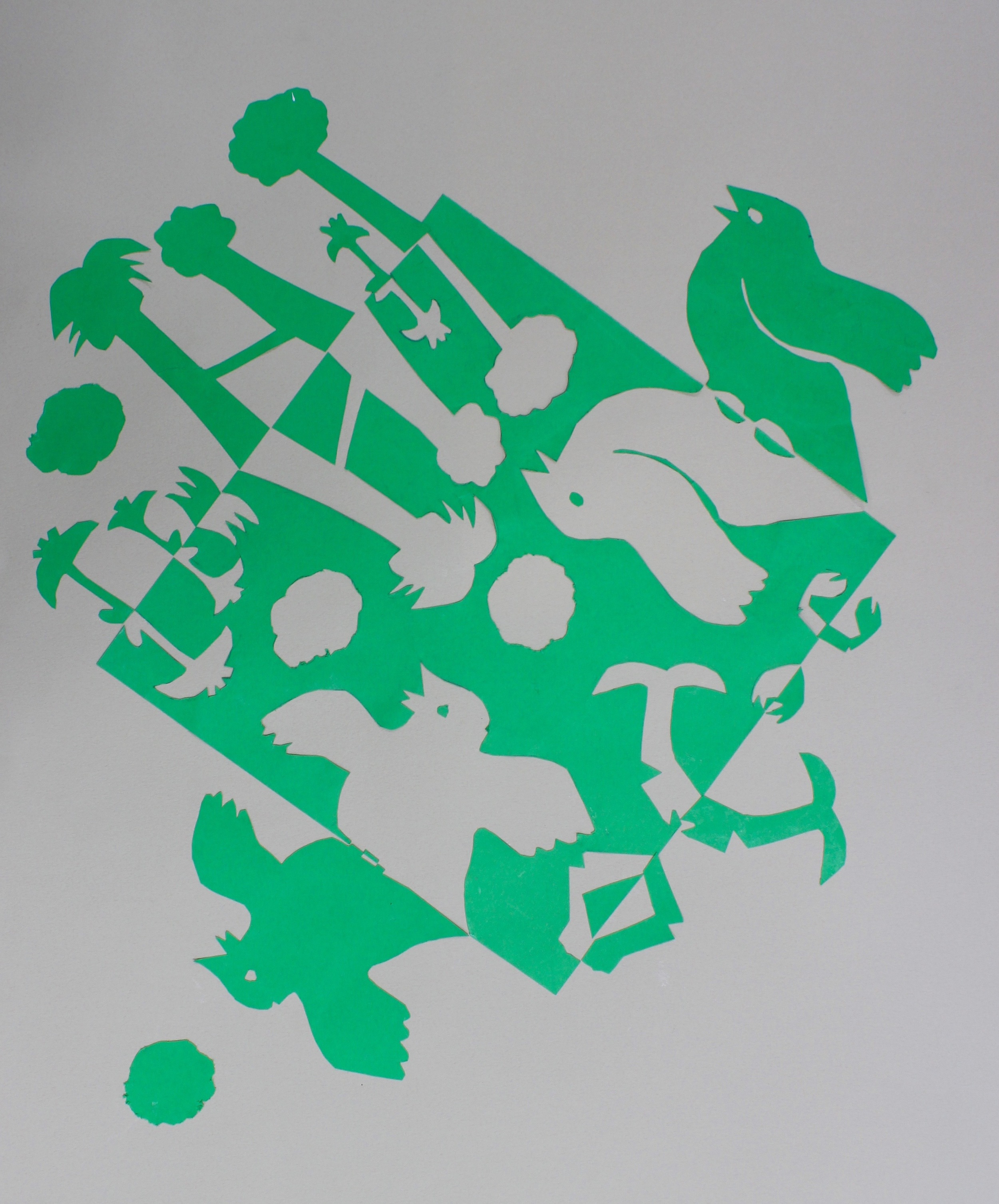This video kicked it all off for the Grade 1s. Their current UOI is How The World Works, and they are looking at the different states of water. Following on from our adventure in painting ice balls, we were looking at what was inside water.
I remember seeing this documentary about Klaus Kemp, one of the only people in the world who creates intricate artworks out of diatoms.
After looking at the video and discussing the shapes (we've been looking at different types of symmetry in art and nature) we discussed what kinds of lives these creatures must have. Students drew their interpretation of a diatom design, which we then cut out to show as if we were looking through a magnifying glass.
Gallery of student works
































